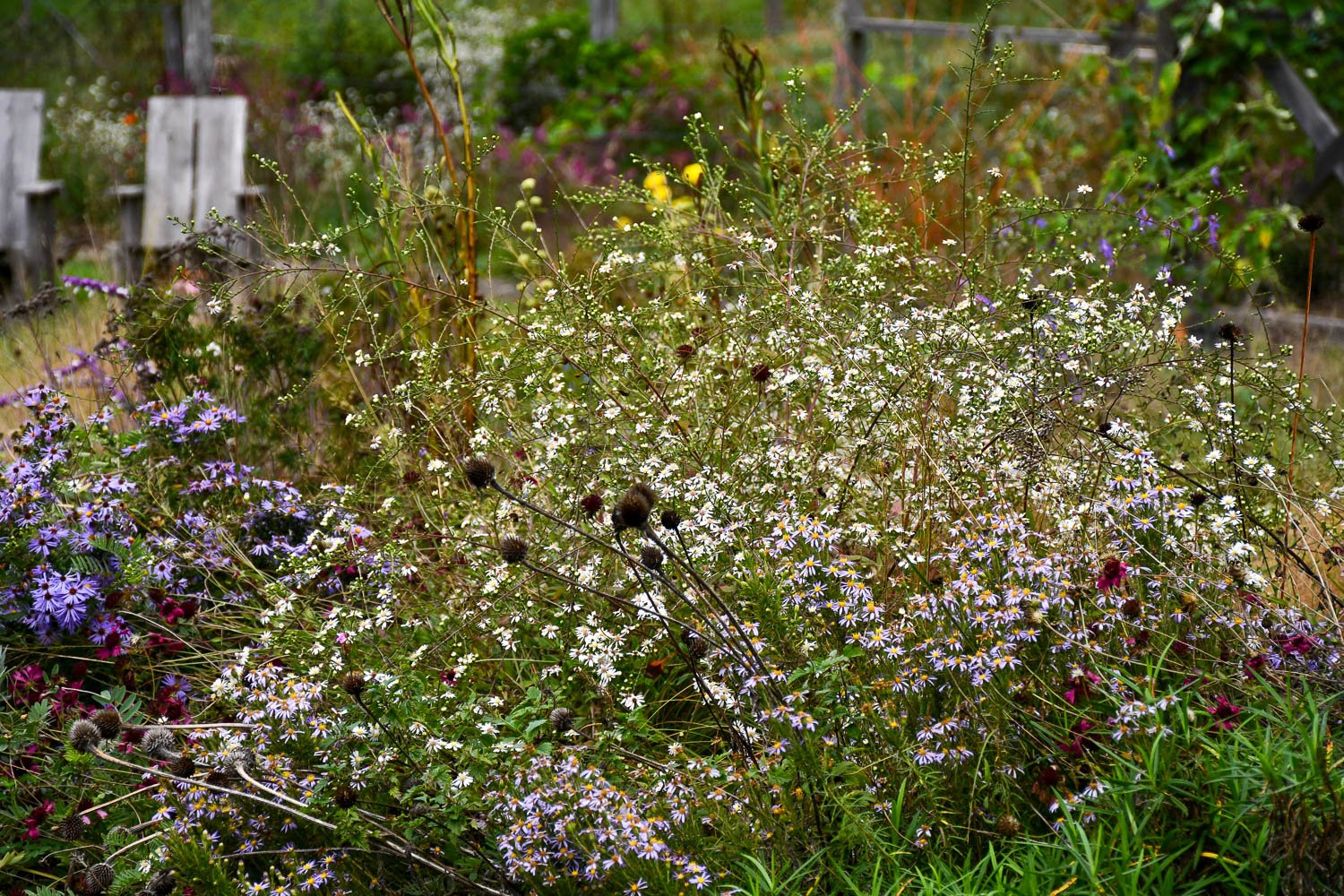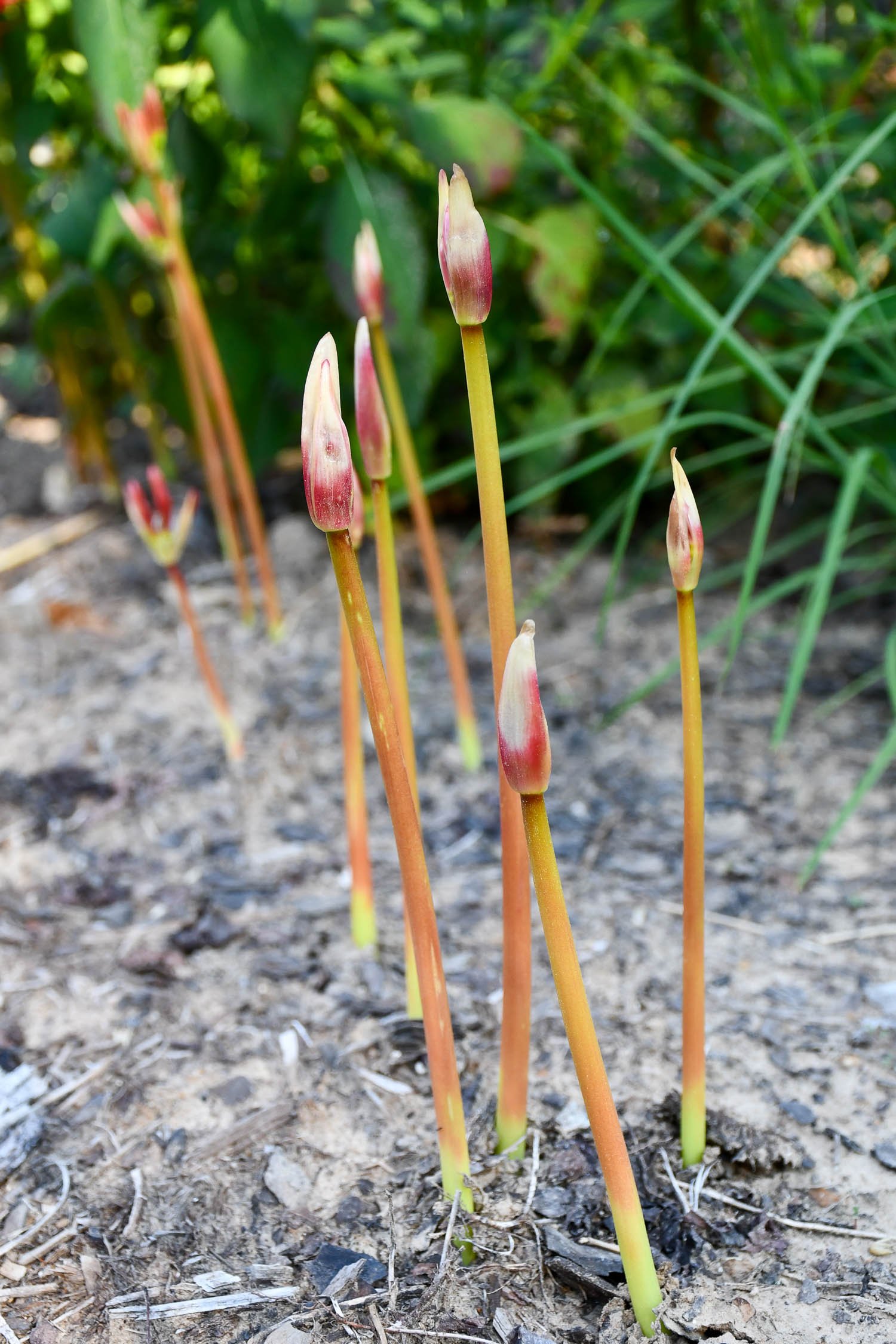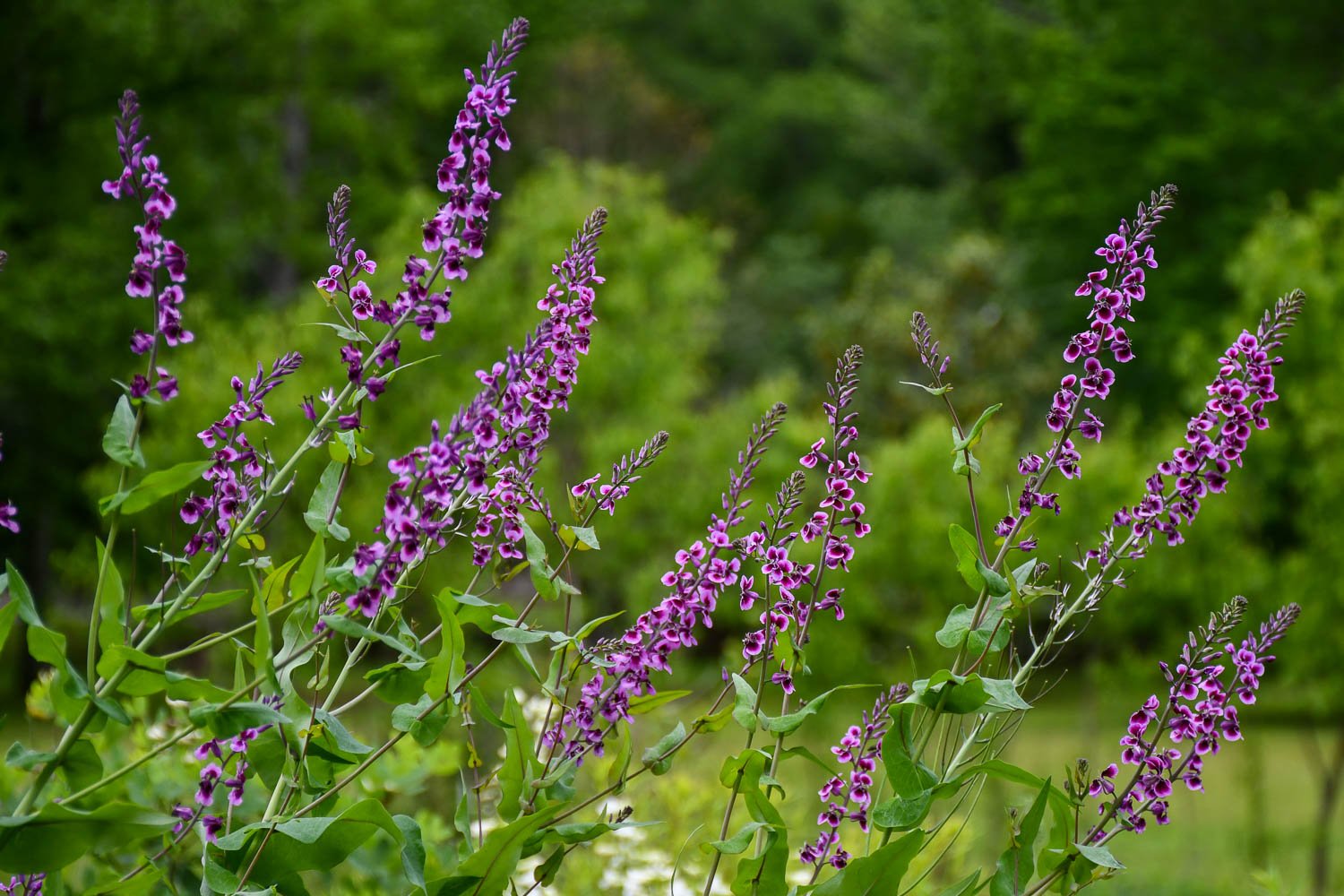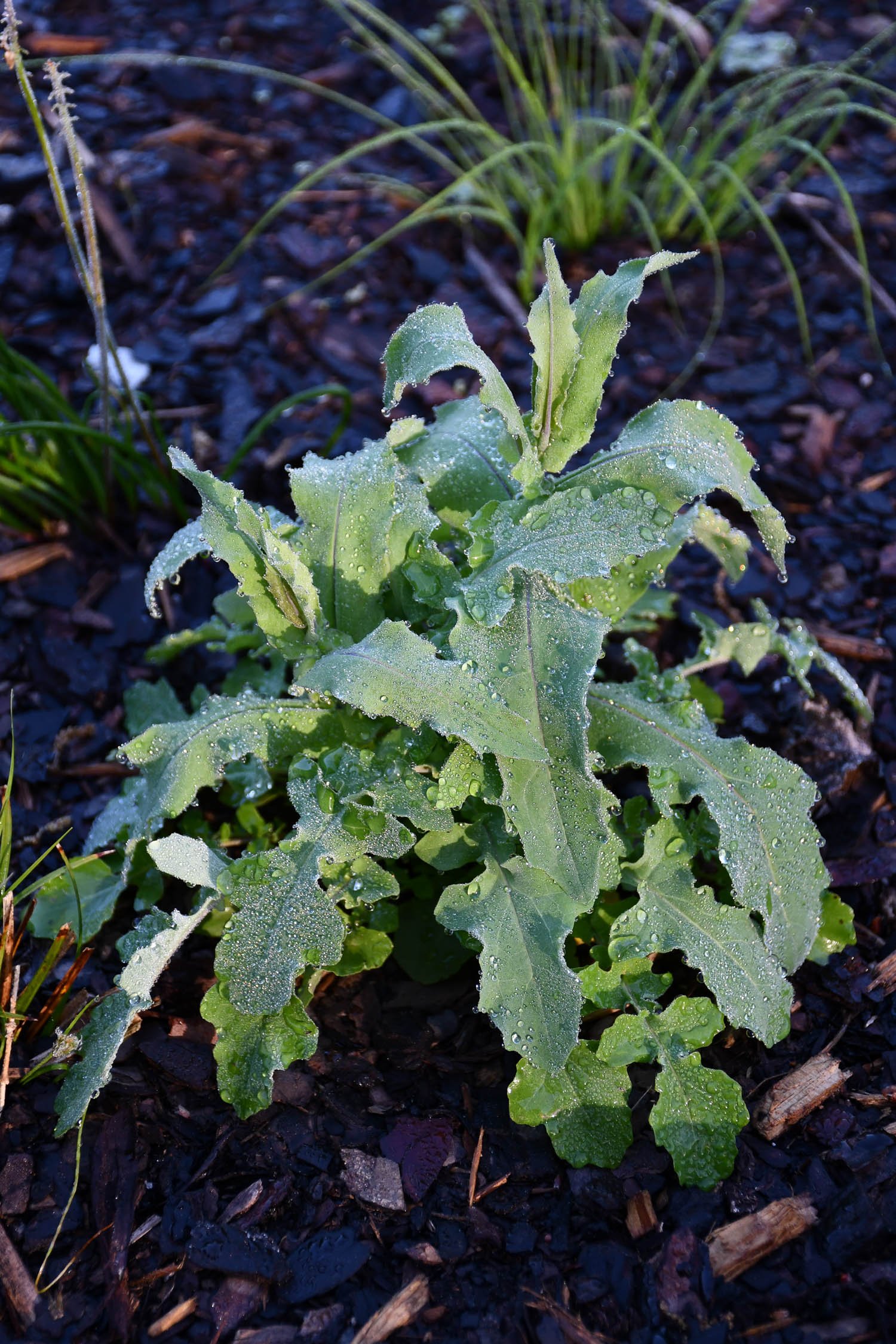One of my biggest challenges for naturalistic planting in the southeast has been finding a consistent grassy groundcover species to serve as a low matrix. Sure, some forbs can cover the ground, but they often will rise later in the season, causing me to lose my green foil.
I have tried a number of grassy species. I love the options below and have a number of them in my garden, but they haven’t quite risen to the standard for me to universally use them across the property.
Eragrostis spectabilis (purple lovegrass) tends to be short-lived.
Muhlenbergia reverchonii (rose muhly) doesn’t take our wetness well (or our cold either it seems from this year).
Sporobolus heterolepis (prairie dropseed) does well, but one must have patience in it getting established.
Carex cherokeensis (Cherokee sedge) is great especially for wet areas and growing with competitors, but it can choke smaller plants out.
Schizachyrium scoparium (little bluestem) can be hit or miss based on the provenance and growing conditions.
Andropogon virginicus (broomsedge) and Andropogon ternarius (split-beard bluestem) are seedy and tend to have short lifespans.
Carex albicans (white-tinged sedge), Carex leavenworthii (Leavenworth’s sedge) and Carex flaccosperma (blue wood sedge) grow well but can burn in full sun.
My best option so far has been Carex texensis (Texas sedge), a native that we’ve found on the property here at Ephemera Farm. I love the thread-like foliage, and I can count on it being green year round. It can grow in sun or shade and tolerates wet, mesic, and dry conditions well.
When we first moved in, I relaxed mowing a bit to see what was native on the property, and Texas sedge was just one species that I found. Some of my first clumps I tried in beds were rescues I found on our fence row where hogs had uprooted them. I was very impressed with how quickly they adjusted to growing in my plantings and how graceful they appeared. So, I started bringing more clumps into the garden.
Carex texensis (Texas sedge) grows well in our yard.
Back then I didn’t know what species this great sedge was. I had bought some Carex texensis from Hoffman Nursery and noted how similar the seed heads were with my wild type. Charles Bryson helped me sort the identity out. I saw him helping someone online with keying out a carex, and I shared a few photos with him. After a few back-and-forths, he showed me how to key out Carex texensis. The only difference between my plants and the ones from the nursery was the culm length. Mine were much longer.
For plants already in my beds, I prefer to divide them in winter so that they have a chance to establish in the wetter months. The plant slowly propagates itself by expanding the clump so that it can approximately double in size each year. I then can use a soil knife or sharp shovel blade to slice the clump in half. One half stays and the other finds a new spot in the garden. If I’m patient and need to cover more ground, I can even divide the separated clump into smaller pieces.
A wheelbarrow full of Carex texensis from our yard.
As I’ve worked to fill gaps in new plantings this year, I’ve returned to our yard from whence they came. I prefer to dig these wild clumps while they are in flower so that they are easier to see. I lift the clump, prick out any weedy stragglers, and then divide it in half if it is large enough. I water the clumps lightly so that while I’m moving around the garden planting them they are not sitting there drying out. I cut the seedheads off to let the plant redirect energy and to keep them from looking like a ratty mess of hair. The seedheads have a way of interlocking together during the transplanting process.
Clumps of Texas sedge that are large enough can be divided with a soil knife.
Carex texensis clumps ready to go in the ground.
My only complaint is that it can look a wee bit ratty at certain times of the year—fall as the season is winding down (but, let’s be honest, in Texas what’s not looking ratty then?), as we come out of winter, and after they finish flowering with their spindly seed scapes. For fall, I just accept their senescence, but for late winter and after flowering I give them a good haircut with a pair of shears. I can tell the plants that haven’t been cut back. They tend to have more dead foliage in them.
But, that simple amount of maintenance is worth it to have a reliable, adaptable matrix species for plantings that can provide a green ground cover year round.
A mature Carex texensis with a few Carex leavenworthii in front of it flowers in our garden bed this spring.





































































